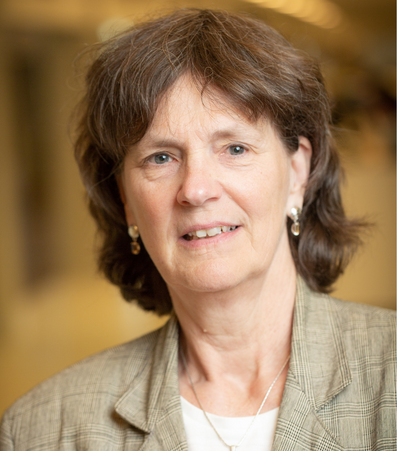In many countries, gender issues and sexual health are a taboo. There is little room in both public and private live to talk about, for example, family planning, violence against women, workplace wellness or teenage pregnancies. Moreover, Sexual and Reproductive Health and Rights (SRHR) information is often standardized and not taking the local context and background of people into account. In order to battle the SRHR taboo, whilst also making curricula contextualized and easier to understand, the Orange Knowledge project 'STITCH' has introduced a series of SRHR videos and illustrations for (wo)men working in the garment sector of Bangladesh. Their lesson-learnt? SRHR visuals are key elements to address otherwise highly sensitive topics.
View 2 examples here:
- Anti sexual Harrasement (ASDC): https://youtu.be/xFkSYGOEUG4
- Menstrual Hygine Mangement (DGFP): https://youtu.be/XULvZiMKbKc
Challenges
Whilst the goal of the project is to increase knowledge and awareness of (wo)men working in the RMG, they key challenge was how to teach (wo)men on such locally sensitive topics? Not only the sensitivity of the topics was a challenge. Stakeholder experience had taught the project implementers that textbooks with instructions and information were not sufficient to make a change. To battle the challenges the team came up with an original solution: tailor-made SRHR videos and illustrations taking the local context of Bangladesh into account.
SRHR visual tools for curricula
Together with partner RedOrange Media & Communication, 13 animated videos and 300 illustrations were created on the topic of SRHR. They cover themes like sexual harassment, dealing with sexual diversity, menstrual management and safe abortion. Carefully taking into consideration the social and cultural context of women and men, the videos are tailored specifically to its target audience. “Our training specialists, copy-writers, and audio-visual colleagues worked together with local experts to make sure the videos and illustrations were optimally suited for (wo)men in the RMG, and that worked”, says Arnob Chakrabarty from RedOrange Media and Communications. The SRHR videos and illustrations are available for all STITCH partners in an e-learning environment and can be shared with a bigger audience in Bangladesh upon request. . The visual SRHR tools, which are additional to other initiatives taken by the STITCH project, are planned to reach 75,000 (wo)men and health workers annually. So far 500 (wo)men have benefitted from the SRHR visuals during the first phase of their implementation.
“I’m sure that our visuals will help many (wo)men, as the videos and illustrations are so easy to understand and accessible” - Indrani Debnath, a local trainer of DGFP.
Digitalisation as a catalysator for impact
“The developed videos and illustrations will make it easier for trainers to explain complicated topics to participants. I think this visual concept is a great tip of advice for other implementers in the Orange Knowledge Programme facing challenges with sensitive topics, this is why we like to share this experience” says Esther den Hartog from VU Amsterdam. “- visual tools for curricula can really be a catalysator for impact” she adds to it.
